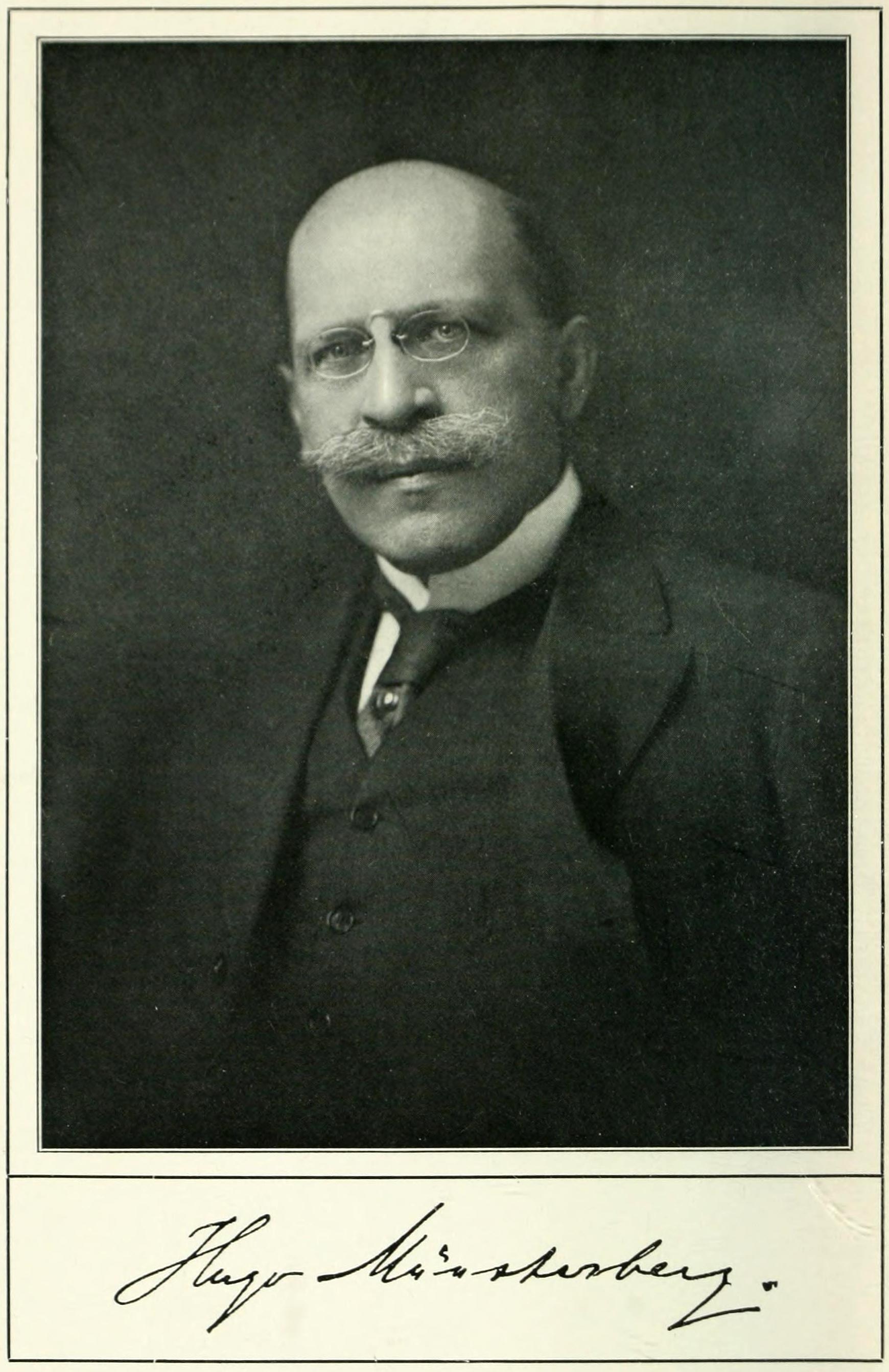If the old law was often criticised for allowing the complainer to be put on trial over whether or not she had consented, the new law sought to address this in two ways. First, it aimed to take the question of consent out of consideration in certain cases (the statutory indicators in s.13): if it was proved that a complainer was incapable because of drugs or alcohol, or that violence had been used and so on, then there could be no consent as a matter of law. Second, if the accused claimed that they had a reasonable belief that the complainer was consenting, then it was necessary for the accused to show whether
whether they took any steps to ascertain whether there was consent ...; and if so, to what those steps were. (s.16)The point of this was that it was for the accused to show what steps they took, rather than for a complainer to have to show that she did not consent.
Of course the law was not perfect. The drafting of many sections is clumsy, but it seemed that the central purpose was clear enough. The law was duly passed in 2009, not coming into force until nearly a year later, so as to allow police, prosecutors and judiciary to be trained in the implementation of the new law. However, with the publication of the judgement of one of the first cases to reach the Appeal Court there are now grounds for suspecting that the judiciary have failed to grasp the structure of the new law and that this may actually undercut its aims.
The case is HM Adv v Mutebi. I wrote about this rather speculatively at the time of the decision, on the basis of press reports, bu now we can see more clearly how it was argued. The case concerned an appeal against conviction by Mutebi who claimed that woman he had sex with had consented (although she was very drunk) and that when she had regained consciousness during the sexual intercourse and had withdrawn consent, that he had in fact withdrawn and left her flat.
There is already something strange about this in that in a situation where the complainer was clearly so drunk that she could not remember whether she had consented or not to sex with a stranger, who then stole her phone and money when he left her flat, was not treated as falling within the scope of s.13 (the jury apparently having decided that she might have consented and deleting the relevant part of the indictment). The case thus seems to proceed on the basis that it was likely that she would have consented to have sex with a stranger who she met on the street while very drunk, rather than regarding this as something out of the ordinary or improbable.
However, if we leave this aside I am interested here in how the Appeal Court approached the question of the application of the provisions of the 2009 Act. What is bizarre about this is that after setting out the relevant provisions of the Act, the Court then proceeded to argue as though the pre-existing common law was still in force. Thus rather than focusing on the question of her physical state and the steps that Mutebi might have taken to ascertain whether or not she was consenting, the Court discussed the evidence of knowledge or recklessness as mens rea of rape, and whether there was evidence to corroborate this.
It should not need stating, but this is clearly not the new law. The 'mens rea' of the offence is that the accused should penetrate the complainer with his penis "without any reasonable belief that B (the complainer) consents". And the definition of how reasonable belief should be approached is now set out in s.16 (above). This does not remove the need for corroboration, which the court discusses at length, but it should be clear that it reframes the way his should be approached.
It is worrying that the Court should have erred on such a simple matter as the interpretation of the new law; but as I suggested above, this is an even greater concern when it threatens to undermine the whole basis of the new law.


